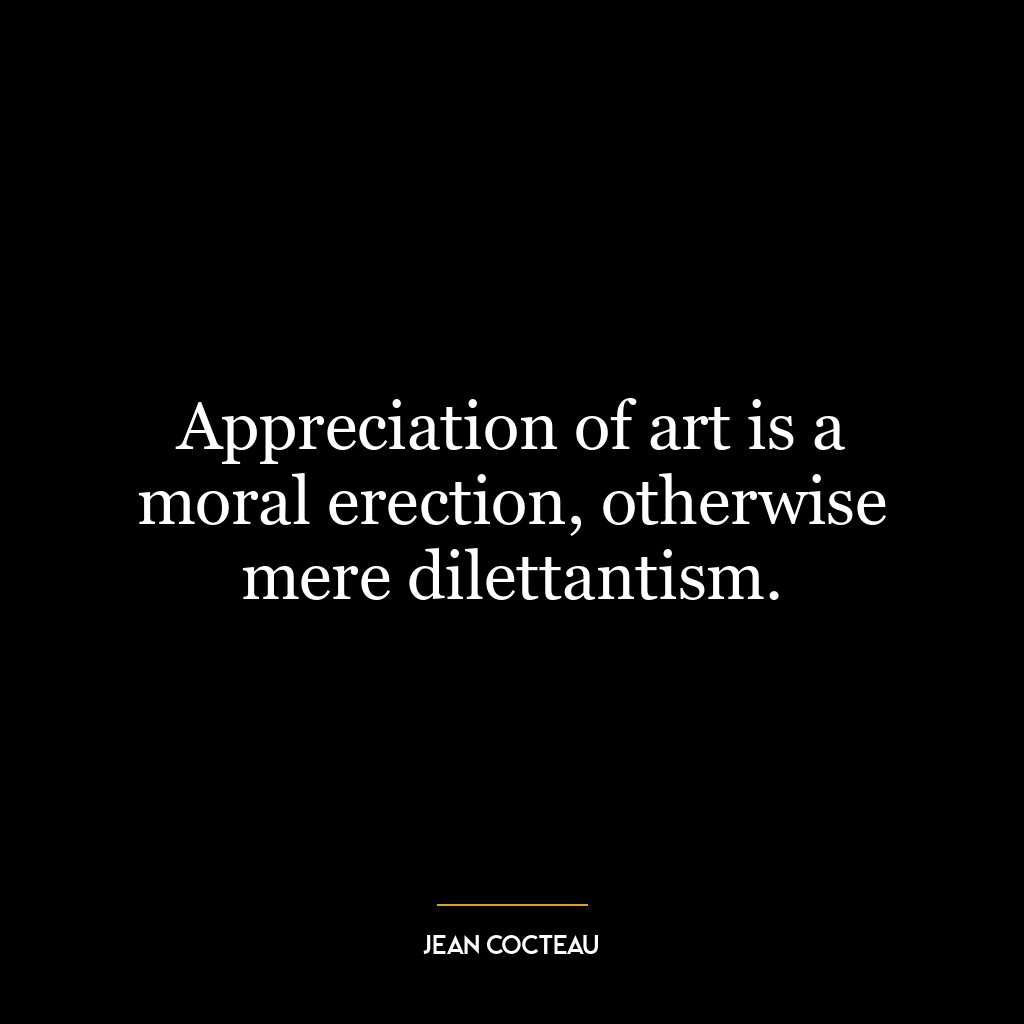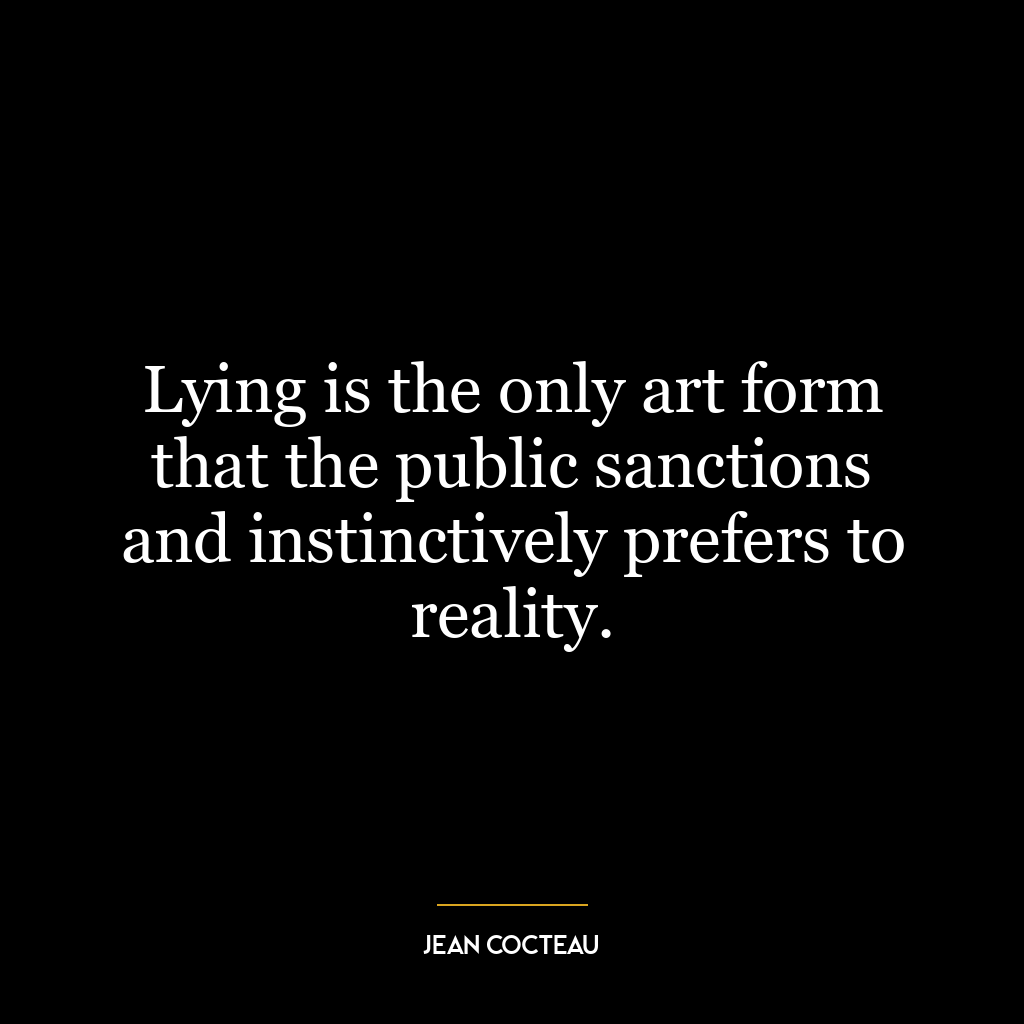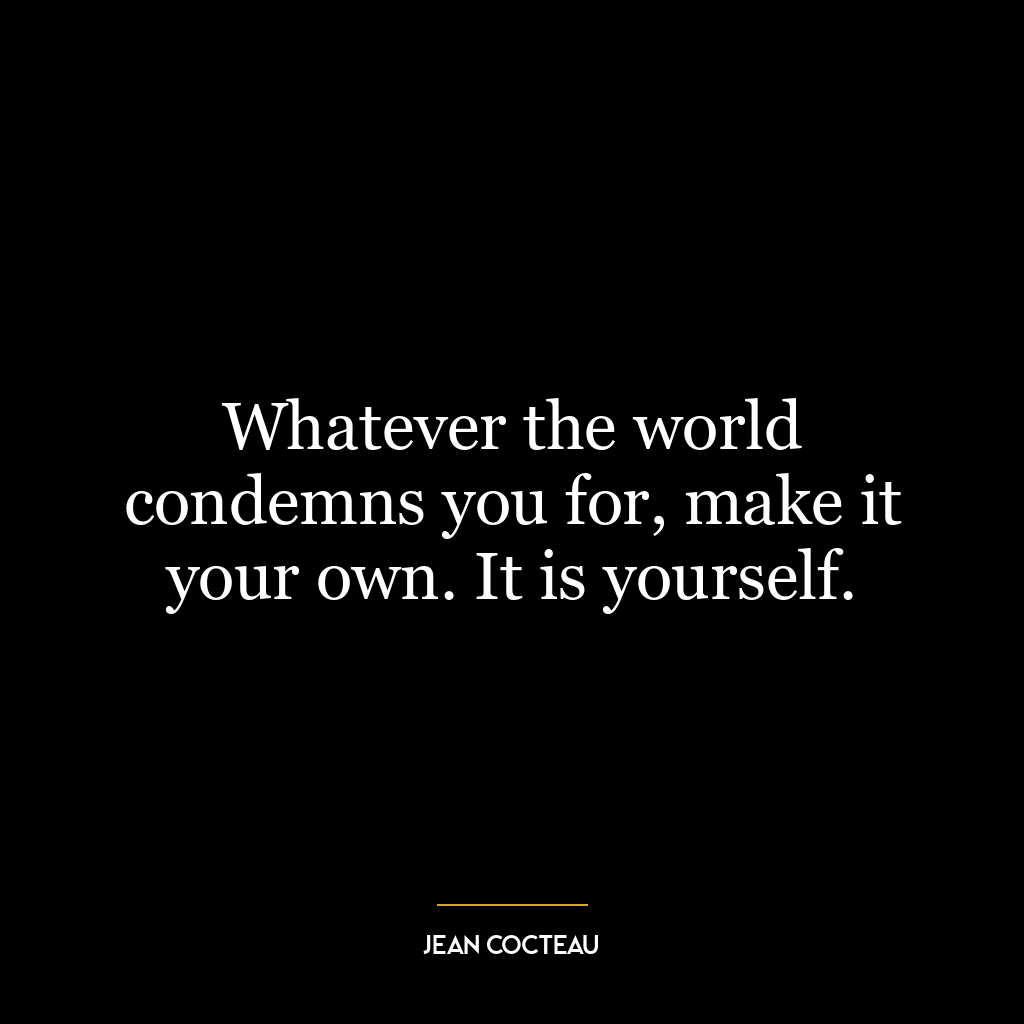No matter how you look, we all hurt the same, cry the same, and feel joy the same.
This quote underscores the fundamental similarity and shared human experience that transcends superficial differences such as appearance or social status. It suggests that regardless of how we look or where we come from, we all experience the same basic emotions. We all know what it’s like to hurt, to cry, and to feel joy. These emotions are universal, and they bind us together as human beings.
The quote also implies that our shared emotional experiences should foster empathy and understanding. When we recognize that others, despite their differing appearances or backgrounds, feel the same emotions as we do, it becomes easier to relate to them on a deeper level. This understanding can break down barriers, dispel prejudices, and promote unity and compassion.
In today’s world, where differences are often highlighted and used as a basis for division, this quote is particularly relevant. It can serve as a reminder that our shared humanity is stronger than any superficial differences. It encourages us to look beyond appearances and stereotypes, to see the person underneath, and to recognize the shared emotional experiences that make us all human.
In terms of personal development, this quote can inspire us to cultivate empathy and compassion. By recognizing our shared emotional experiences, we can better understand others’ feelings and perspectives. This understanding can help us to become more emotionally intelligent, more compassionate, and more effective communicators and problem-solvers. It can also guide us towards more meaningful and fulfilling relationships.
Moreover, this quote can also help us to better understand and accept our own emotions. By acknowledging that it’s okay to hurt, to cry, and to feel joy – that these emotions are a normal part of the human experience – we can become more comfortable with our own emotional selves and better equipped to handle life’s ups and downs.








